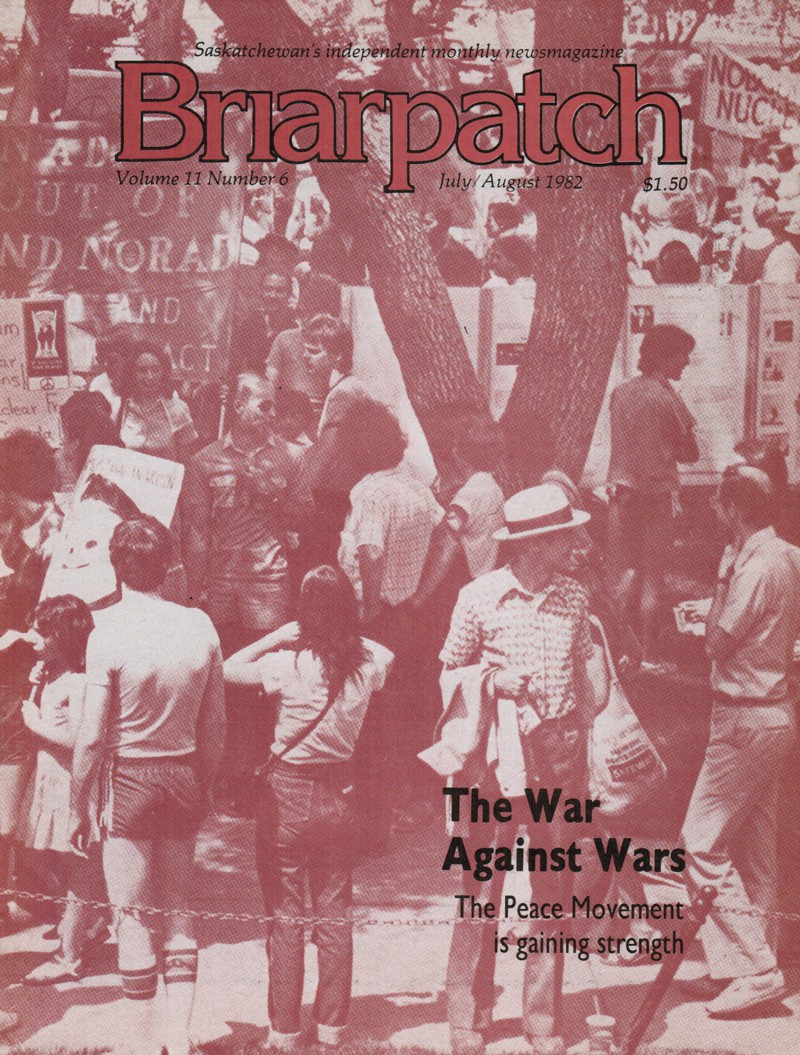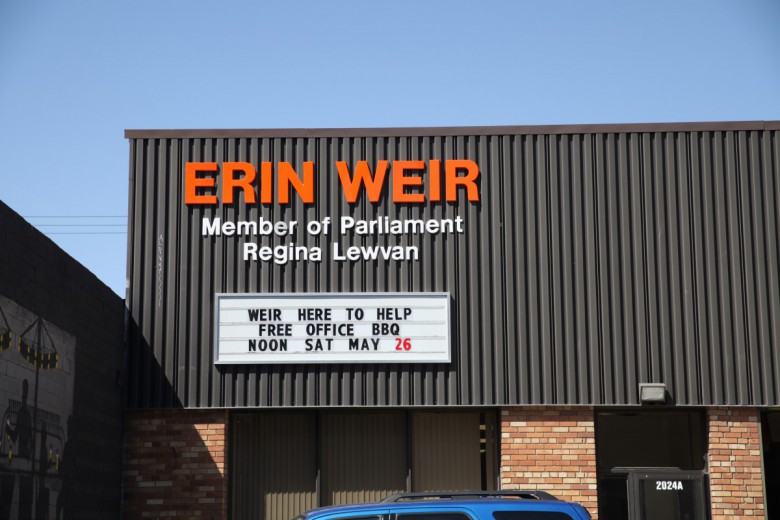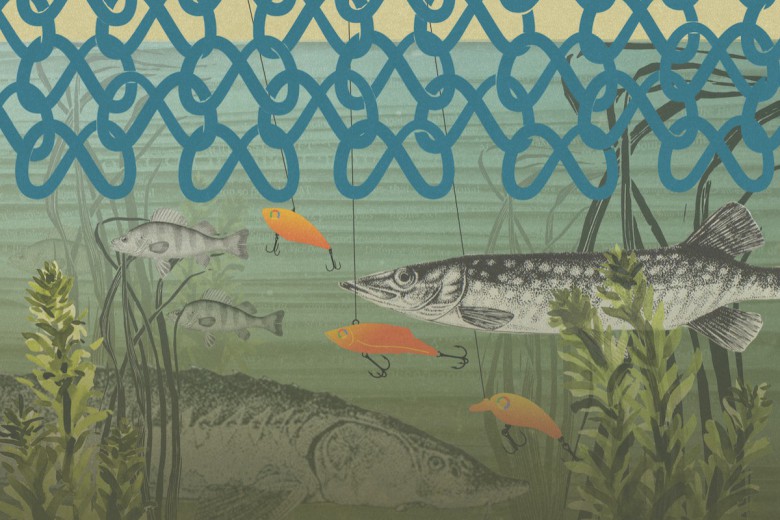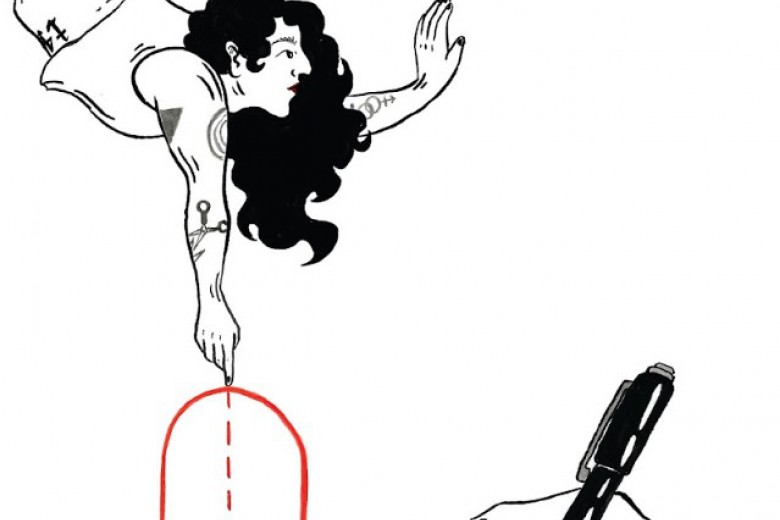
The first issue of Notes from the Briar Patch rolled off a Gestetner in the summer of 1973 in Saskatoon. According to founder Maria Fisher, the 10-page newsletter was to be “by and for poor people so that we could tell our own story,” and the logo, four stick figures with outstretched arms made from typewritten asterisks, meant “in unity, there is strength and support.”
After two years of failed attempts to secure funding, Fisher and co-founders David Hoskings and Vivian Fisher “just decided to do it,” disseminating 500 copies in social services offices and legal aid clinics across Saskatchewan.
Fisher, who passed on five years ago in Ladysmith, B.C., recalled that after the first issue, “donations of dollars and fivers came in, a unionist came with a handful of stamps, letters with some quarters taped to them arrived, while other people donated packages of Gestetner paper.” From this scrappy beginning emerged a magazine dedicated to those whose words were silenced (or at best, butchered) by the mainstream press, a grassroots outlet through which people could build their shared capacity to understand and influence the circumstances of their lives. While at best, mainstream journalism discusses what people do in society, the ‘patch has always looked to what society does to people, and why. It was, and remains, grounded in the convictions that everyone could (and should) be a writer and that the magazine belongs to the movement.
In 1975, Briarpatch moved to a dirt-floored basement office in Regina and has remained a resource-starved publication staffed by self-taught professionals in thrift, dipping into the red and back to the black again. That the magazine has been denied both provincial and federal grants and stripped of charitable status for fierce adherence to its principles is a point of modest pride. What stands is a magazine beholden only to its readers and comfortable in its intransigence.
Briarpatch has always been a labour of love, the key to its unlikely success, as past editor Dave Mitchell notes. “It consistently leads with the heart, and so it’s able to produce quality journalism with a tragic fraction of the masthead depth of most publications.” For forty years readers have consistently and creatively risen to its defence, often lending their scarce funds, but even more often and importantly, their time, tenacity, and passion.
In putting together this issue, what began as a dabbling in back issues soon gave way to a deeply humbling page-by-page combing of the archives. The yellowed newsprint of our first decades chronicles the early advances of neoliberalism in Saskatchewan, from experiments in strikebreaking legislation to prying open the North for uranium development. But also documented is an era when radical politics thrived: in rural communities fighting to defend the Crow Rate, in Indigenous communities organizing to protect children from state apprehension, and in extensive networks of solidarity with Chile, Nicaragua, El Salvador, Palestine, and South Africa.
As the magazine shifted to a national focus and readership, it continued to be read by radical agrarians and pensioners in Abernethy or Elbow, SK, while proving invaluable to an increasing number of readers at the centre of radical movements in Montreal or Vancouver. For a small radical publication to not just survive but thrive in a climate increasingly hostile to print media and (more pressingly) the political left, is no minor feat. Briarpatch has kept the candle burning in dark times, incubating ideas and providing a point of connection to radical organizing and analysis.
When asked what’s kept the magazine going for the past four decades, Clare Powell, Briarpatch editor from 1979-1982, replied that “it’s never just the people in the office.” This issue of Briarpatch is dedicated to the hundreds of people – subscribers and sustainers, writers, photographers, and artists, board members and volunteers, casual and long-time donors alike – who have carried this little magazine on their shoulders and made this anniversary possible. You who continue to remind us that nothing is more valuable than what’s given freely.
To our army of supporters, we offer our most heartfelt gratitude for all that you’ve given of yourselves over four decades. And to Maria Fisher – we hope to do you right for another 40.






